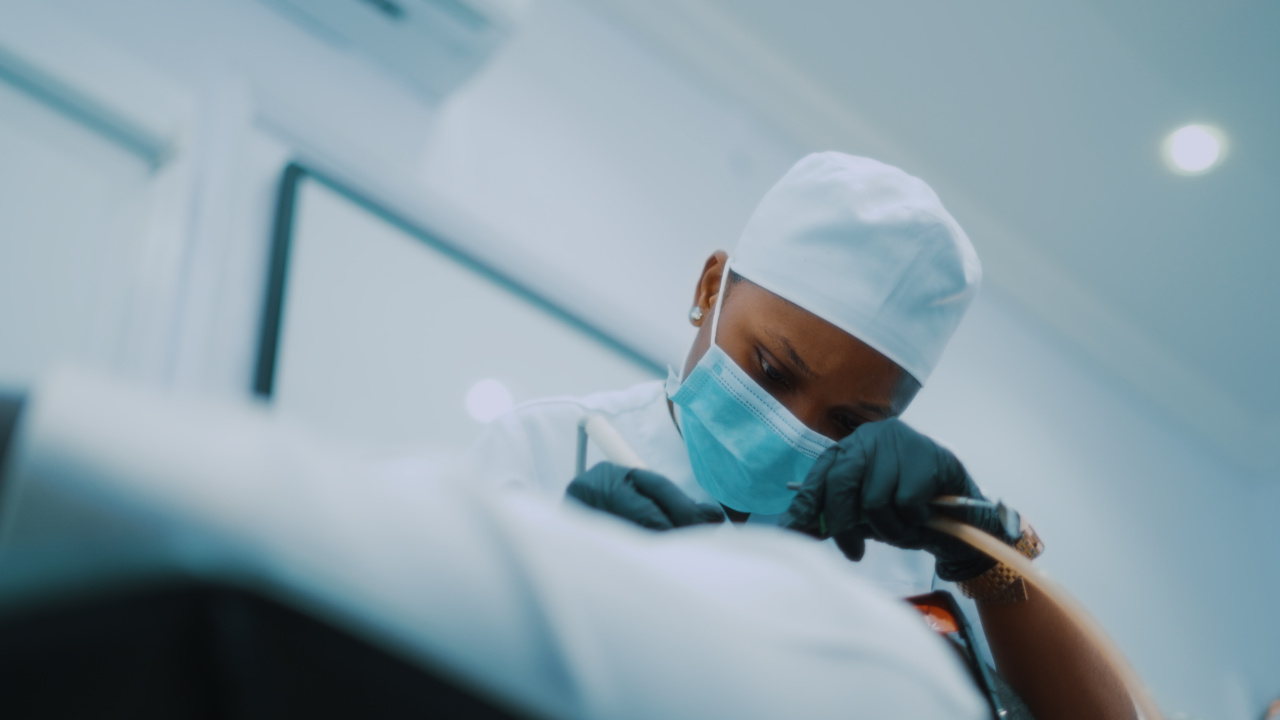Meniscus tears are a common knee injury that can cause pain, swelling, and limited mobility. Traditionally, surgery has been the go-to treatment option for meniscus tears.
However, advancements in medical research and technology have led to revolutionary ways to avoid surgery for meniscus tears. In this article, we will explore some of these non-surgical alternatives and their effectiveness in treating meniscus tears.
1. Physical Therapy
Physical therapy plays a crucial role in the rehabilitation and recovery of meniscus tears. A licensed physical therapist can create a personalized exercise plan to strengthen the surrounding muscles, improve stability, and promote healing.
Specific exercises may include leg presses, squats, gentle stretches, and range-of-motion exercises.
2. Platelet-Rich Plasma (PRP) Therapy
PRP therapy is a cutting-edge treatment that uses the body’s own healing factors to promote tissue regeneration. In this procedure, a small sample of the patient’s blood is taken and centrifuged to separate the platelets.
The platelet-rich plasma is then injected into the site of the meniscus tear, stimulating the body’s natural healing response.
3. Stem Cell Therapy
Stem cell therapy has emerged as a promising alternative to surgery for meniscus tears. Stem cells have the potential to differentiate into various cell types, including those found in the meniscus.
By injecting stem cells into the injured area, it is believed that these cells can differentiate and repair the damaged tissue, promoting healing and reducing symptoms.
4. Prolotherapy
Prolotherapy, also known as regenerative injection therapy, involves injecting a solution into the injured area to stimulate the body’s natural healing processes.
The solution typically contains substances like dextrose or saline, which create a localized inflammatory response. This inflammation triggers the body’s healing response, allowing damaged tissue, such as the meniscus, to repair itself.
5. Acupuncture
Acupuncture, a traditional Chinese medicine practice, has shown potential in relieving pain and promoting healing in meniscus tears.
By inserting thin needles into specific points along the body’s energy pathways, known as meridians, acupuncture aims to restore balance and promote natural healing. While more research is needed, some individuals have reported significant pain relief and improved mobility after acupuncture sessions.
6. Compression and Bracing
Compression and bracing can provide support and stability to the knee joint, reducing pain and preventing further damage. Compression sleeves and braces are designed to apply pressure to the affected area, improving blood flow and reducing inflammation.
These supportive devices can be particularly effective in meniscus tears that are not severe and do not require surgical intervention.
7. Dietary Supplements
Several dietary supplements have shown potential in promoting joint health and reducing inflammation.
Glucosamine and chondroitin sulfate, for example, are commonly used to alleviate symptoms of osteoarthritis, a condition often associated with meniscus tears. Fish oil supplements, which contain omega-3 fatty acids, may also help reduce inflammation in the joint.
8. Cryotherapy
Cryotherapy, or cold therapy, involves the use of low temperatures to relieve pain and reduce inflammation. Applying ice packs or using specialized cryotherapy chambers can help numb the affected area, reduce swelling, and provide temporary pain relief.
Cryotherapy is often used in combination with other non-surgical treatments to enhance their effectiveness.
9. Assistive Devices
Using assistive devices such as crutches or canes can help minimize strain on the affected knee joint, allowing it to heal properly.
These devices provide support and help distribute the body’s weight to other parts of the body, relieving pressure from the injured meniscus. It is crucial to use assistive devices correctly and follow the guidance of a healthcare professional.
10. Weight Management
Excess body weight can put added stress on the knee joint, worsening symptoms of meniscus tears.
Maintaining a healthy weight through a balanced diet and regular exercise can significantly reduce the strain on the knee, promoting healing and preventing further injury.
Conclusion
While surgery has traditionally been the go-to treatment for meniscus tears, these revolutionary non-surgical alternatives offer hope for individuals seeking to avoid surgical intervention.
Physical therapy, PRP therapy, stem cell therapy, prolotherapy, acupuncture, compression and bracing, dietary supplements, cryotherapy, assistive devices, and weight management are all viable options that can provide relief and aid in the healing process. It is always advisable to consult with a healthcare professional to determine the most suitable treatment plan for individual cases.
By exploring these innovative alternatives, individuals with meniscus tears can find effective and less invasive solutions.




























